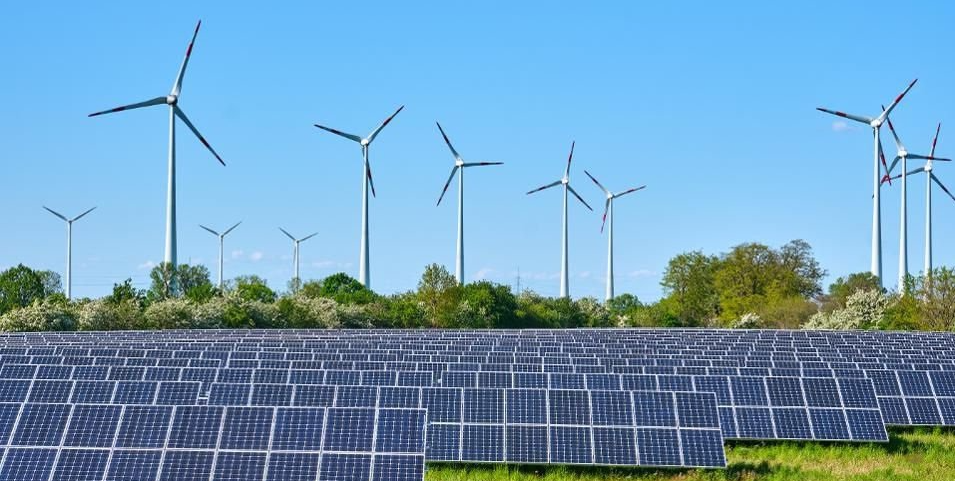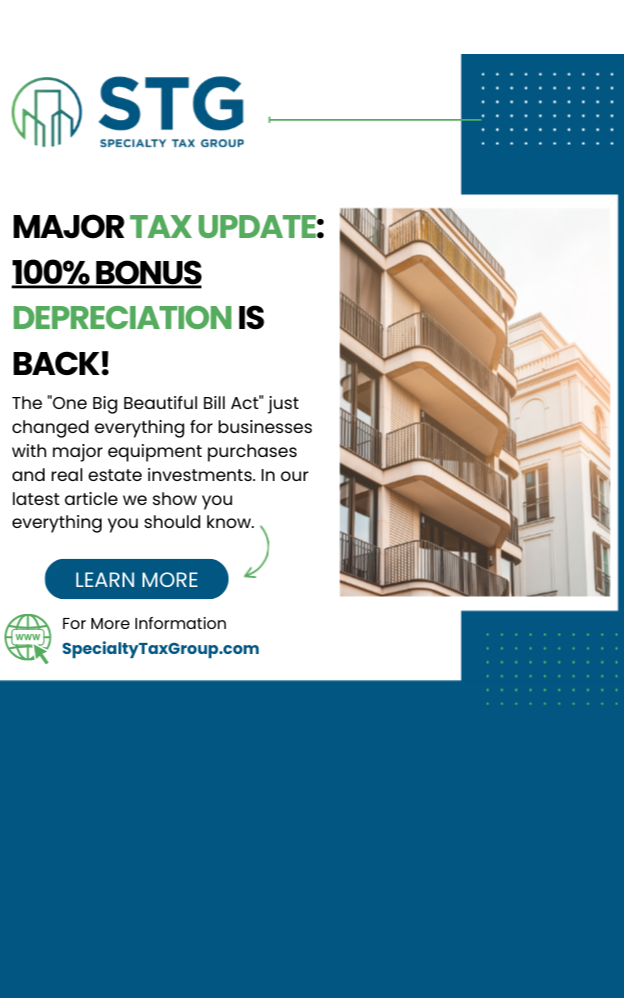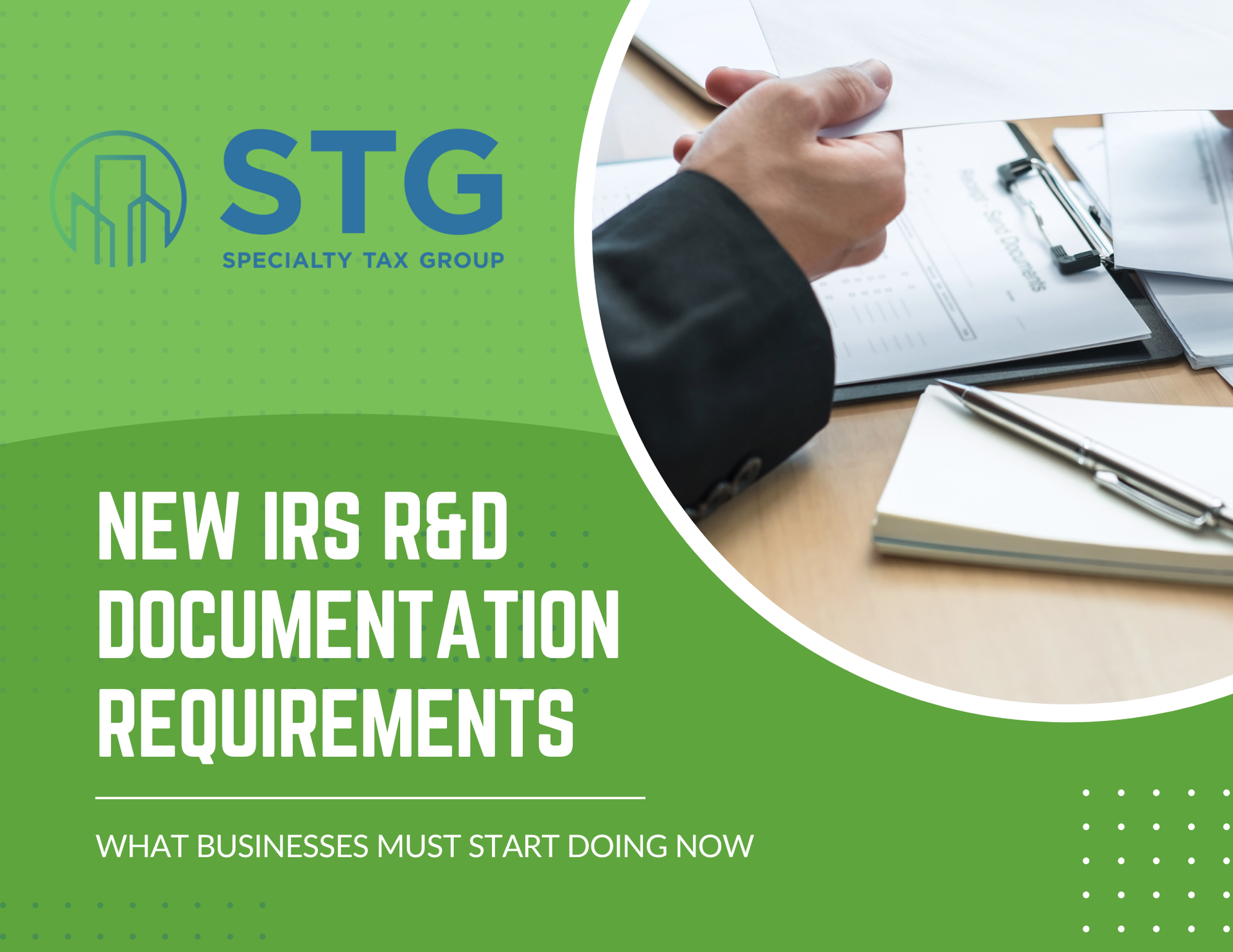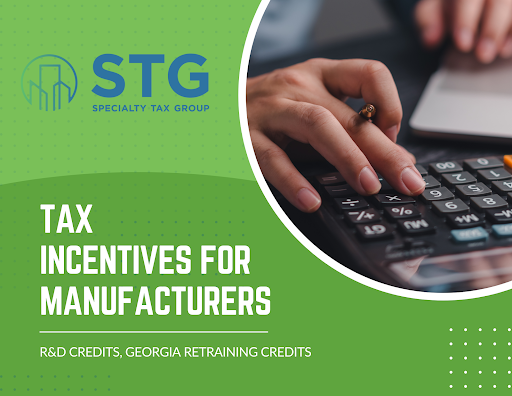This blog post has been researched, edited, and approved by John Hanning and Brian Wages. Join our newsletter below.

Constructing and putting in place green energy systems in new and remodeled business and residential buildings can help the environment while also cutting energy bills. Many companies and contracting firms globally are cooperating to concentrate efforts to diminish the effects of climate change and shrink carbon emissions from power use in homes. The federal administration gives tax credits to motivate contractors to add more energy efficient equipment in their building projects.
What is the 45L Tax Credit for Residential Homes?
This green energy tax credit is a federal tax incentive that helps promote and encourage the building of energy-efficient residential buildings. The tax credit offers a $2,000 tax credit per eligible dwelling. This credit is available to builders and developers who construct residential homes that they intend to sell or lease.
The 45L tax credit was extended through December 31, 2021 and approved through tax legislation developed for COVID-19 relief efforts. The credit can be claimed by contractors retroactively for all eligible homes and apartment buildings within open tax years, and the credit can be carried forward for up to 20 years.
In order to be eligible for the 45L tax credit, the units or homes built will need to be sold in an open tax year, generally within the last 3 years. Additional criteria the properties must meet include:
- Units can be no taller than three stories above grade
- Units must consume 50% less energy in single and multi-family homes while offering the same heating and cooling functions as non-energy efficient homes and apartment buildings
- Energy usage in manufactured homes needs to be reduced by 30%
- Each new construction or remodeled building can qualify if they pass an energy audit and obtain a certification of energy efficiency
Investment Tax Credit (ITC)
The ITC now offers a base credit rate of 6% which can be increased to 30% if the project meets prevailing wage and apprenticeship requirements. It covers solar developments, energy storage, biogas, and other renewable energy technologies. The Inflation Reduction Act extended the ITC through 2032.
Production Tax Credit (PTC)
The PTC offers a credit up to 2.75 cents per kilowatt-hour for electricity generated from wind, closed-loop biomass, and geothermal resources. Projects meeting labor standards can qualify for the full credit amount. The PTC is available for facilities placed in service after December 31, 2021 through 2032.
Residential Clean Energy Credit
Homeowners can claim a 30% tax credit for installing solar photovoltaics and other renewable energy systems on their property from 2022 through 2032. The percentage phases down to 26% in 2033 and 22% in 2034.
Direct Pay and Transferability
The Inflation Reduction Act allows direct pay and transferability options for certain tax credits. This allows more organizations, including non-taxable entities, to utilize clean energy incentives effectively.
These updates are based on the landmark Inflation Reduction Act of 2022 which significantly boosted clean energy tax incentives in the United States. Be sure to consult a tax professional for personalized advice, as tax laws can be complex.
179D Tax Deduction for Commercial Buildings
The 179D tax deduction helps incentivize green energy efforts in commercial building owners, architects, contractors, and designers for installing energy-efficient systems in buildings. The energy-efficient systems include eligible lighting fixtures, HVAC systems, and various envelope building improvements to doors, walls, and roofs. Owners can claim up to $1.80 per square foot for newly constructed buildings or renovated and improved buildings.
Taxpayers must meet certain qualifications to meet or exceed at last 50% savings in energy costs compared to a standard baseline building. If the building does not meet the requirements, qualified owners can still receive partial tax provisions such as up to $0.60 for HVAC that meets up to 15% savings, lighting meeting up to 25% savings, and building envelope systems that meet up to 10% savings.
The eligibility is determined through an evaluation by a detailed engineering analysis to ensure the qualifications for energy savings are met.
These tax deductions help promote taxpayers to construct or renovate energy-efficient buildings and residential homes to reduce energy and power costs that reduce the impact on climate change and help save owners money.
2024 Tax Guide





